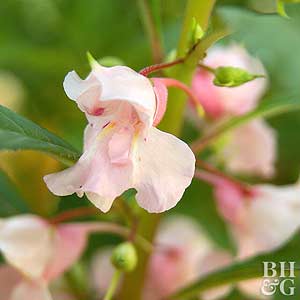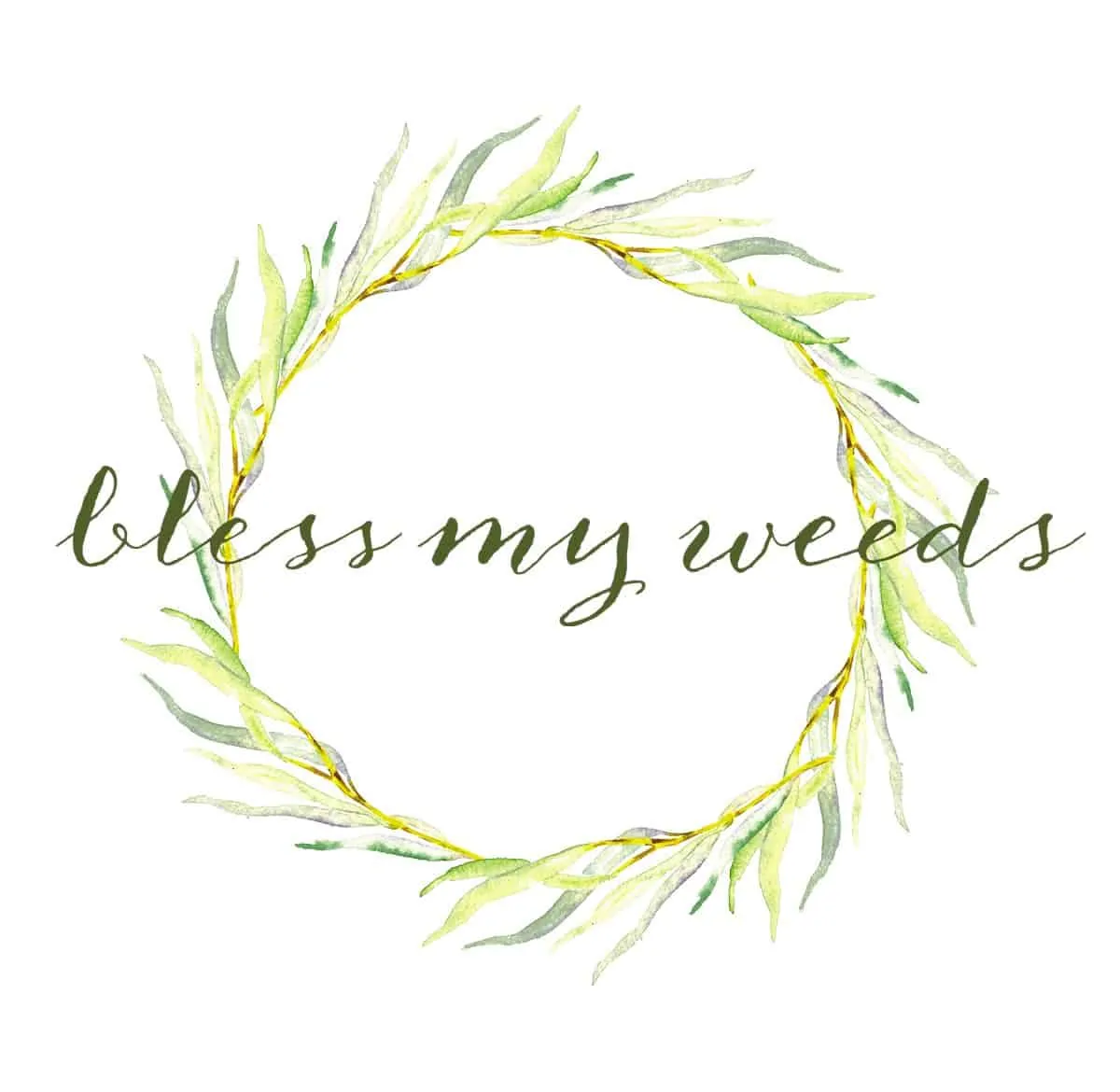
Plant Care Basics

Grow Zone Recommendation: Balsam is an annual, recommended for USDA growing zones 3 to 10.
Sunlight Needs: They grow in sun to partial shade, but partial shade is best.
Watering Needs: Balsam will need moist soil with good drainage, and should be watered from ground level (such as a soaker hose) to prevent mildew. During the dry months, water at least once a week. If your balsam are in containers, they will likely need more frequent watering.
Average Size: Balsam usually grow 1 to 3 feet in height and 1 to 2 feet wide at maturity.
Foliage Color: The foliage of balsam is blue-green, and flowers come in red, pink, white, violet, or blue, depending on the variety.

Leave a Reply